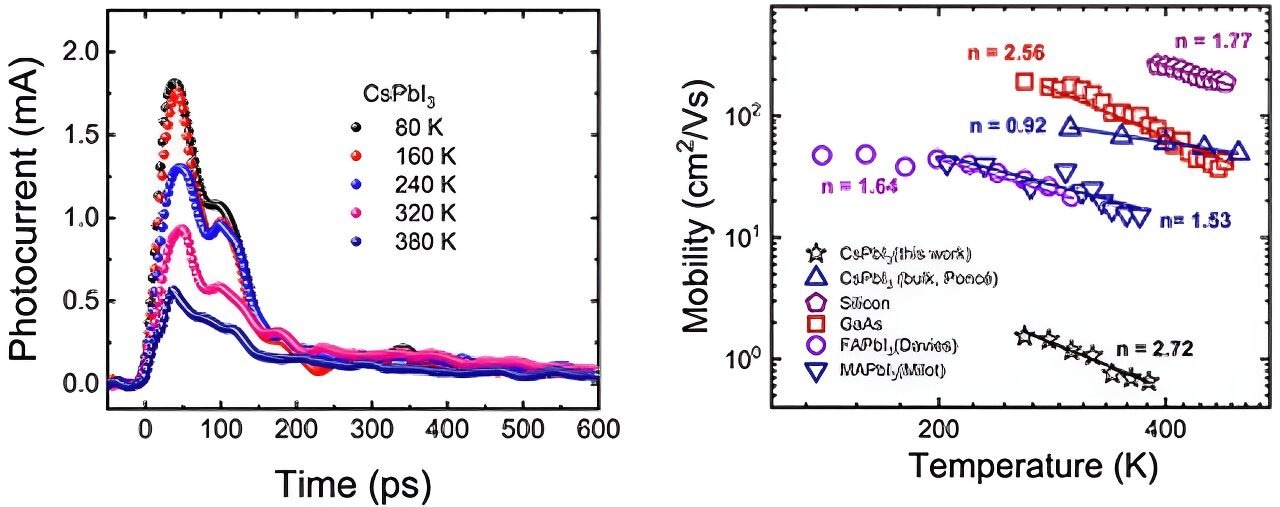A highly efficient material introduced by Brock University for solar panels is less expensive than the silicon dominating the industry.

Image Credit: ACS Nano
The study headed by Assistant Professor of Chemistry Jianbo Gao proposes that perovskite nanocrystalline is a more affordable and accessible substitute to silicon for use in photovoltaics, a method of converting solar radiation into electricity.
The average household electricity rate in Canada is around 15 cents per kilowatt-hour. Our goal with this new material is to achieve less than one penny per kilowatt-hour, which is 15 times less than the cost of the traditional silicon photovoltaics technology.
Jianbo Gao, Assistant Professor, Chemistry, Department of Engineering, Brock University
A spin-coating method enables perovskite nanocrystalline to be effortlessly applied to any surface that consistently deposits a thin film.
Its simple production and low cost make it accessible and affordable, and also highly efficient at the same time. Amidst climate change and worldwide efforts to reduce fossil fuel use, this novel material can contribute to advancing renewable energy alternatives. It could change the future of energy in Canada.
Jianbo Gao, Assistant Professor, Chemistry, Department of Engineering, Brock University
Gao is spearheading this innovative research in collaboration with international partners from Brown University, Clemson University, Lawrence Berkeley National Laboratory, and the National Renewable Energy Laboratory. Additionally, Jasjit Bains, a recent graduate with a Bachelor of Science in Biochemistry from Brock University, made valuable contributions to the research.
The study was published in the journal ACS Nano.
Gao intends to continue his research on renewable energy in the forthcoming years and work with international partners and his colleagues in Brock's Yousef Haj-Ahmad Department of Engineering to apply his research in creating solar cell technology and products.
This is a relatively new research direction in Canada very few people are working on this. Now we know that the material, we need to transform it to a new practical product that will advance society and ultimately make people’s lives better.
Jianbo Gao, Assistant Professor, Chemistry, Department of Engineering, Brock University
Reference:
Kobbekaduwa, K., et al. (2023). Ultrafast Carrier Drift Transport Dynamics in CsPbI3 Perovskite Nanocrystalline Thin Films. ACS Nano doi.org/10.1021/acsnano.3c03989.